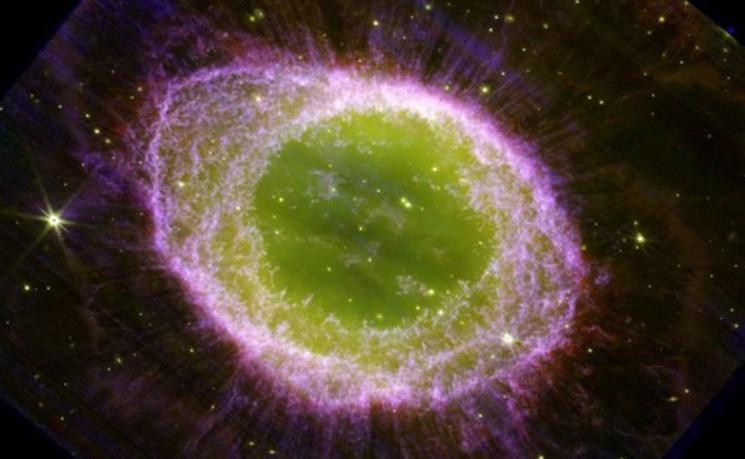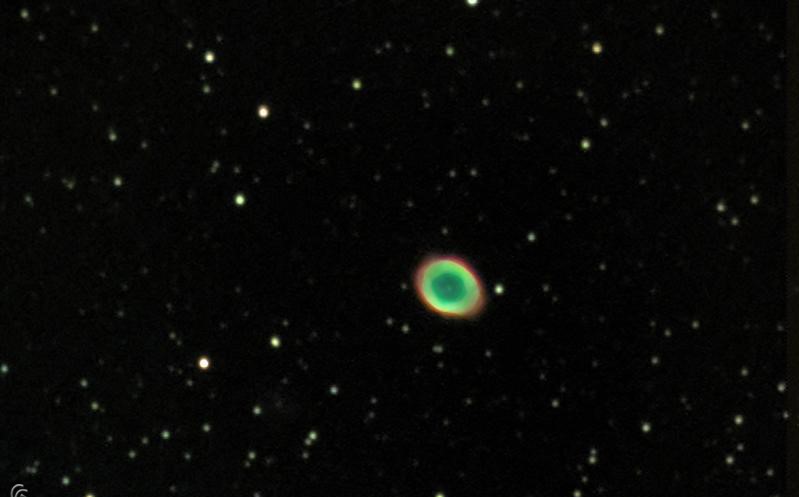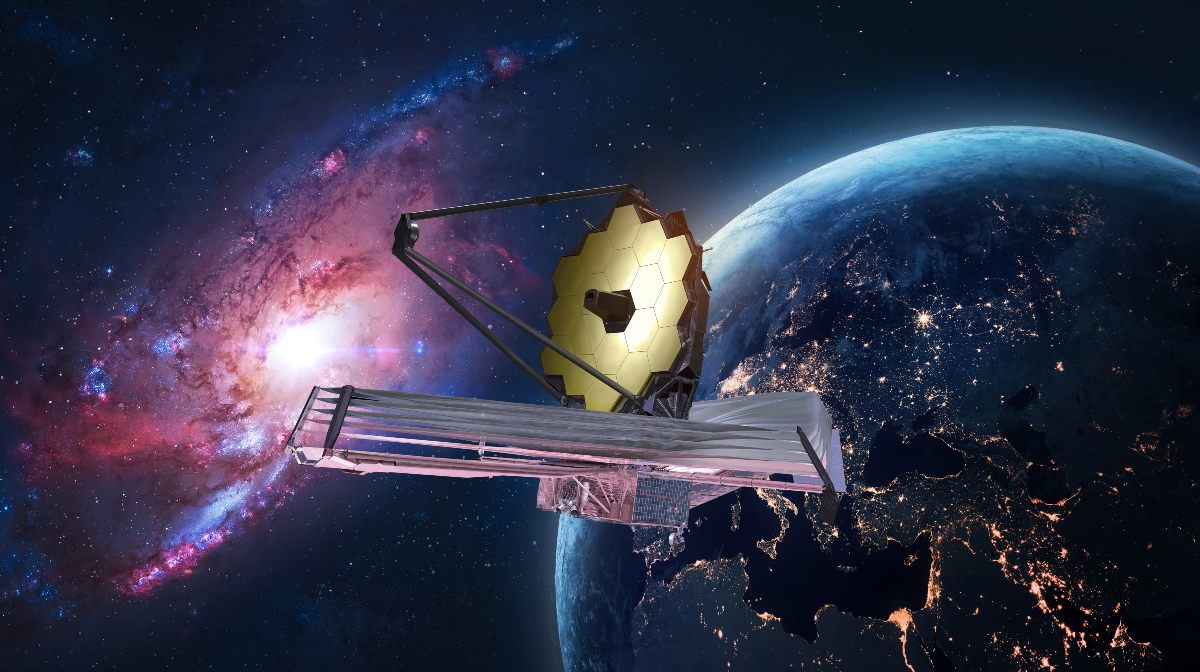
The James Webb Space Telescope (JWST) has once again amazed us with its stunning images of the Ring Nebula, also known as Messier 57. An international team of astronomers led by Professor Mike Barlow (UCL, UK) and Dr Nick Cox (ACRI-ST, France), together with Professor Albert Zijlstra from the University of Manchester, has shared these astonishing new images that capture the ethereal beauty and unprecedented detail of this celestial wonder.
A familiar celestial object
For sky enthusiasts, the Ring Nebula is a well-known celestial object that adorns the sky throughout the summer. It is located in the constellation of Lyra, and its characteristic doughnut-shaped structure of glowing gas has given it its name.
A cosmic masterpiece
This planetary nebula is the end result of dying stars that have ejected much of their mass at the end of their lives. Its distinctive structure and vibrant colors have long captivated the human imagination. With the new images captured by JWST, scientists have an unprecedented opportunity to study and understand the complex processes that shaped this stunning cosmic masterpiece.

Revealing Exquisite Details
Professor Albert Zijlstra, from the University of Manchester, expressed his amazement at the details of these images, exceeding all previous expectations. The high-resolution images not only show the intricate details of the nebula’s expanding layer, but also reveal the inner region around the central white dwarf with exquisite clarity. Observing these final cosmic events of a star’s life gives us a preview of the Sun’s distant future.
The Cosmic Laboratory of Planetary Nebulae
The Ring Nebula, located approximately 2,600 light-years from Earth, formed from a dying star that shed its outer layers into space. Planetary nebulae, like this one, feature a variety of fascinating shapes and patterns, including bright rings, expanding bubbles, and intricate, faint clouds. The interaction of different physical processes, not yet fully understood, gives rise to these surprising patterns. Light from the hot central star illuminates these layers, allowing astronomers to study the chemical evolution of these objects in detail through the specific colors emitted by different chemical elements present.

Deciphering the Secrets of Stellar Evolution
Dr Cox, co-lead scientist on the project, highlights that these images are not only aesthetically appealing, but also provide a valuable amount of scientific knowledge about stellar evolution processes. By studying the Ring Nebula with JWST, astronomers hope to gain a deeper understanding of the life cycles of stars and the elements they release into the vast cosmos.
The James Webb Telescope has once again demonstrated its ability to amaze us and reveal new mysteries in the universe, allowing scientists to take a closer look at the cosmic wonders around us. With each new image and discovery, our understanding of the universe expands and brings us closer to unraveling the secrets of stellar creation.
For more notes like this, click here
